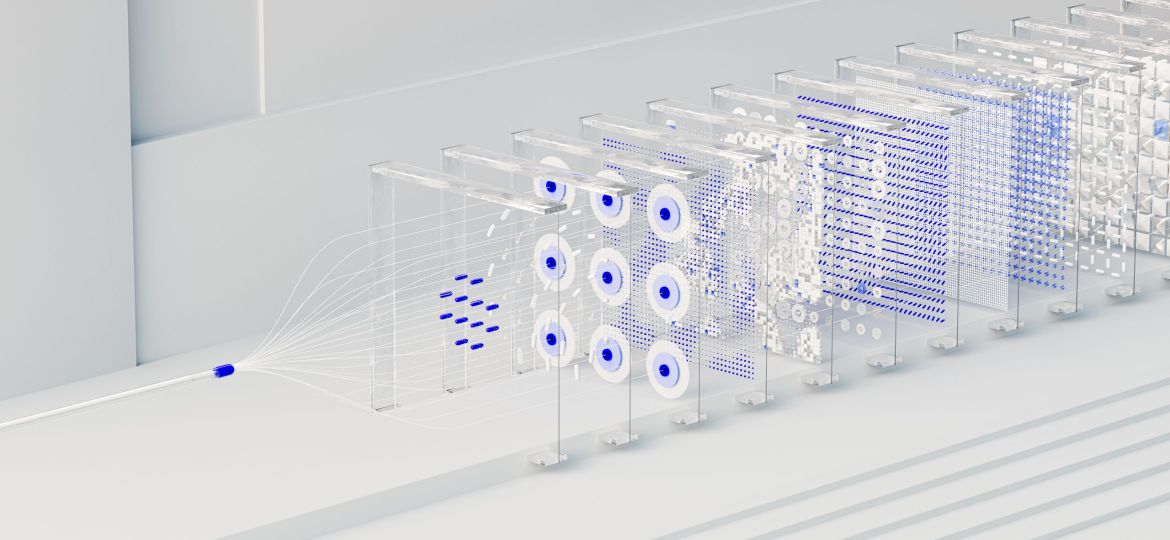
Introduction
In the rapidly evolving landscape of technology and innovation, Artificial Intelligence (AI) has emerged as a game-changer in various industries. One of the areas where AI is making a significant impact is product design. In this blog post, we will explore the profound influence of AI on product design and how it is revolutionising the way designers and businesses create and develop products.
Understanding AI in Product Design
Before delving into the ways AI is transforming product design, let’s clarify what AI in product design means. AI encompasses a range of technologies, including machine learning, neural networks, and deep learning, which enable machines to mimic human intelligence and perform tasks that traditionally required human intervention. In product design, AI systems are used to streamline and enhance various stages of the design process.
Data-Driven Design Decisions
AI leverages vast amounts of data to inform design decisions. Designers can access a wealth of information about consumer preferences, market trends, and competitor products. AI algorithms analyse this data to identify patterns and insights that can guide the design process. This data-driven approach ensures that products are more aligned with customer needs and market demands.
Generative Design
Generative design is a revolutionary application of AI in product design. It involves inputting design parameters and allowing AI algorithms to generate numerous design options based on those parameters. This process leads to innovative and efficient designs that may not have been conceived through traditional methods. Generative design can be particularly beneficial in industries like architecture and automotive design.
Prototyping and Testing
AI can accelerate the prototyping and testing phase by creating virtual prototypes that simulate real-world conditions. This reduces the time and cost associated with physical prototyping. AI can also analyse user feedback and testing data to refine designs iteratively, leading to more user-friendly and reliable products.
Personalisation
Today’s consumers expect products tailored to their individual needs and preferences. AI enables designers to create customisable products on a mass scale. For example, fashion brands can use AI to offer personalised clothing recommendations based on a customer’s style preferences and body measurements, enhancing the overall shopping experience.
Enhanced Creativity
AI tools, such as neural networks, can assist designers in brainstorming and ideation processes by generating creative ideas, colour palettes, or design elements based on their input. This collaboration between humans and AI fosters creativity and innovation in product design.
Challenges and Considerations
While AI has immense potential in product design, there are also challenges and ethical considerations to address:
Data Privacy: Collecting and utilising vast amounts of user data for AI-driven design raises privacy concerns. Companies must be transparent and responsible in their data practices.
Bias: AI algorithms can inherit biases present in training data. Designers must be vigilant to ensure products are inclusive and do not perpetuate biases.
Human-AI Collaboration: Striking the right balance between human creativity and AI assistance is crucial. Designers should view AI as a tool to enhance their capabilities rather than replace them.
Skill Gap: The adoption of AI in design may require designers to acquire new skills. Investing in training and education is essential to harness AI’s full potential.
Conclusion
At Sankti we’re always looking towards the future and artificial Intelligence is fundamentally transforming the landscape of product design. By harnessing the power of AI, designers can create more innovative, personalised, and user-centric products.
However, it’s important to tread carefully, considering ethical implications and ensuring that AI is complementary to human creativity. As AI continues to advance, its role in product design is set to grow, offering endless possibilities for innovation and creativity in the world of design. We believe that embracing AI in product design is not just a trend; it’s a necessity for staying competitive in the evolving market.

